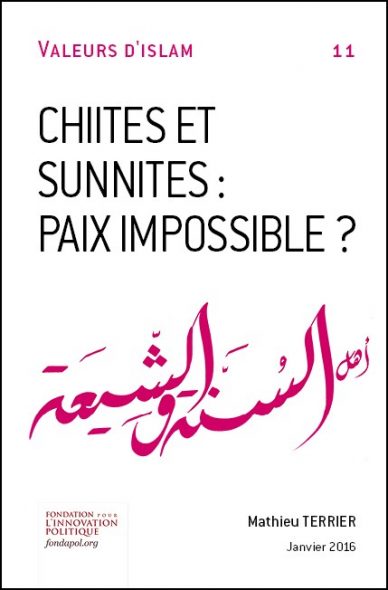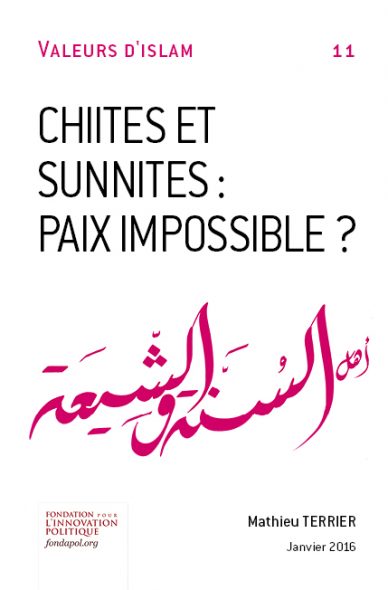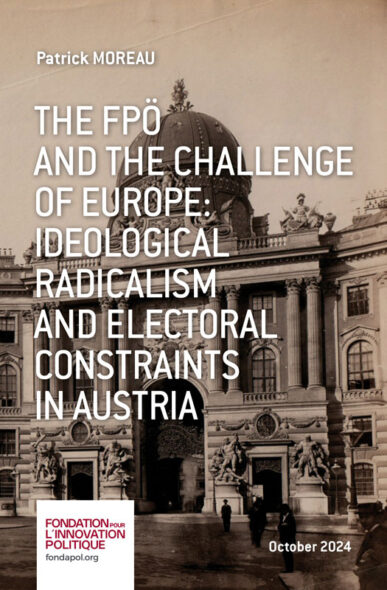Shiites and Sunnis – Is peace impossible?
Understanding the schism within Islam, its origin and nature has become a matter of urgency. This rift goes back to the origins of Islam when the Prophet’s disputed succession and a series of civil wars gave rise to a majority group, later named Sunnis, and Shia minorities. It is a disagreement that goes beyond mere questions of power and individuals and relates to the very interpretation of the Revelation. Although Sunnis and Shiites share the same book and prophet, their faith in them is profoundly different. Both groups also practice the five great rituals of Islam albeit in different ways and their systems of religious law are not the same.
Moreover, far from being two opposing monolithic blocks, Sunni and Shia Islam are both internally diverse. While schools of Sunni legal thought are similar, the Shia movements are disparate. The majority Shia faith that worships a line of twelve imams has been the official religion of Iran since the seventeenth century but should not be categorized as an Iranian form of Islam as opposed to Arab Sunni Islam. It has undergone complex change which has seen it transform from an apolitical spiritual religion to an increasingly politicized faith, a development still debated among its members. Destined to coexist since the beginning of their history, Shiites and Sunnis have traded warlike and peaceful rhetoric until Sunni anti-Shiite extremists recently acquired a large and murderous audience. A “necessary peace” is nevertheless a realistic prospect supported by input from spiritual forms of Islam such as Sufism, which have always been shared by Shiites and Sunnis, and from intelligent political thinking.
This paper is written by Mathieu Terrier, professor of philosophy, doctor of religious science and research fellow at the Laboratoire d’études sur les monothéismes.
 |
 |
|
| Download as PDF in French | Download as PDF in Arabic |














No comments.